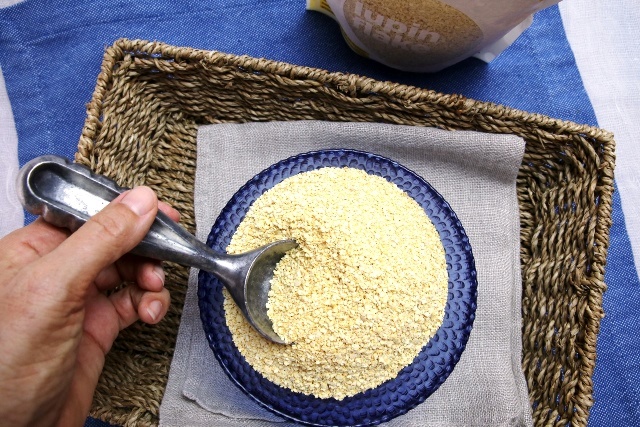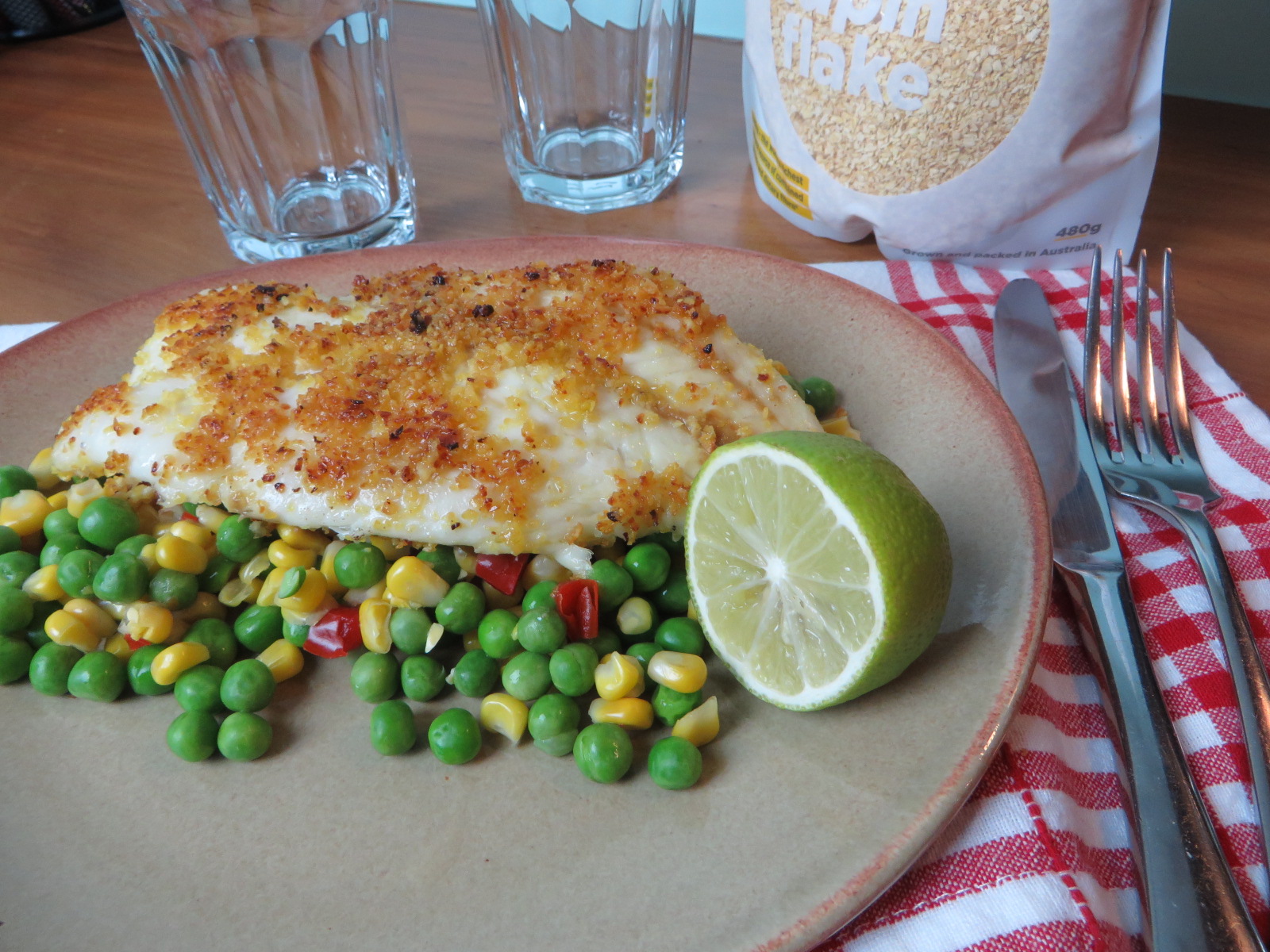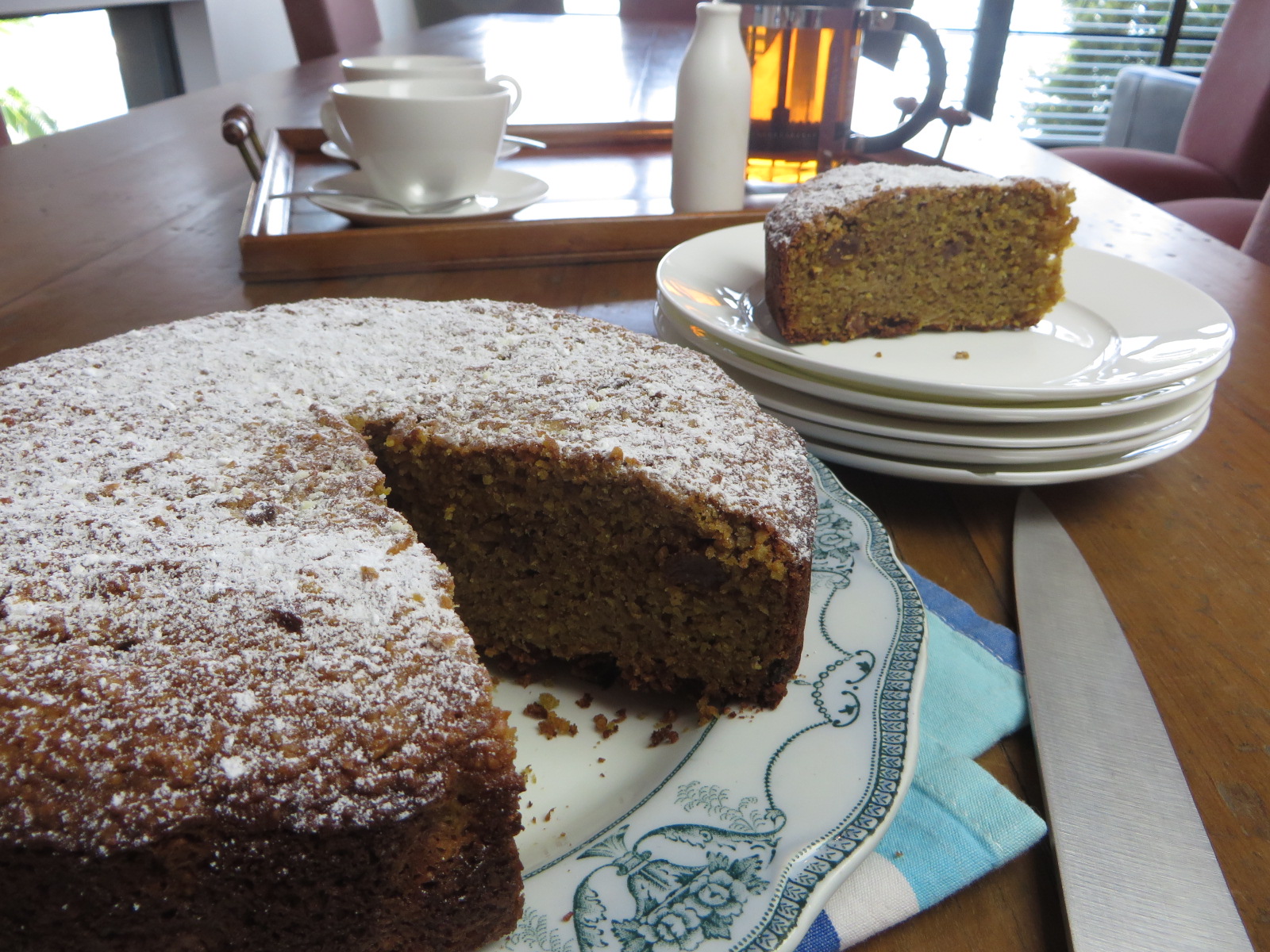Product Review: A closer look at Lupin Foods' Lupin Flakes

With its impressive fibre and protein contents, these new Australian-grown lupin flakes stand head and shoulders above other legumes and grains. We think it’s going to be a case of ‘Watch-this-space’ in the future as word spreads about its usefulness in the kitchen and great nutrition ranking. Whether you’re baking or making a meatless dinner, lupin flakes will fit in easily and really make a nutrition difference without a lot of fuss.

This post has been sponsored by Lupin Foods.
So what are lupins?
Firstly lupins are a legume, belonging to that vast family that includes beans, peas and lentils. These pulses have sustained humans for centuries and are well known to farmers as rotation crops to restore soil vigour.
Secondly note that there are two kinds of lupins – ‘sweet’ and 'bitter'. Lupins containing very high levels of alkaloids are extremely bitter and can be mildly toxic, while the Australian Sweet Lupins contain almost negligible levels of alkaloids and are safe to eat. There are several types of lupins, all of which are native to the Mediterranean regions of Europe.
Thirdly, scientists developed a ‘sweet’, Australian legume as an alternative to the more bitter European lupin way back in the 1960s. They bred an earlier-flowering, sweet version of its wild relative with non-shattering pods and a permeable seed coat for easier milling. Today it is a significant crop grown in Western Australia.
How are lupin flakes made?
Lupin Foods produce their Lupin Flakes by dehulling the whole lupin bean, splitting it, then milling it into flat flakes, which reduces their cooking time. There is no heating involved in this process and nothing is added.
Cooking lupin flakes up
Lupin Flakes have so many uses, acting as both a legume and grain substitute in recipes. We found them quick and versatile. Lupin Foods recommends using it:
- Cooked up as a gluten free cous cous alternative for salads or side dishes.
- As you would use chickpeas in falafels, hummus or vegetable patties
- As breadcrumbs for crumbing meat, fish or vegetables
- As you would lentils in quick curries
- Blended with flour (gluten or non-gluten) or nut meal for use in baked products (such as breads, cakes and slices)
- Toasted into a crunchy granola (toasted muesli)
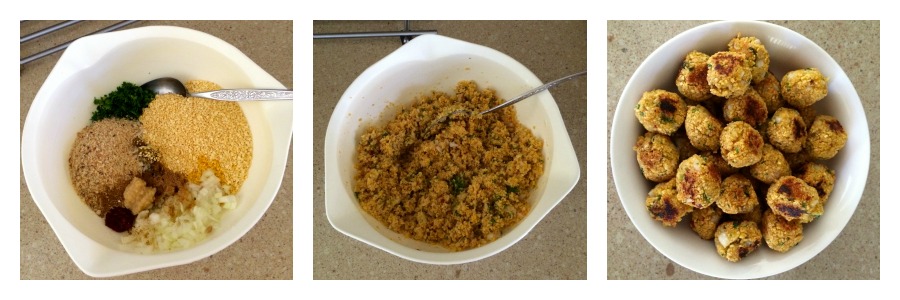 We trialled cooking the flakes into falafels, hummus and a carrot cake - all recipes from the Lupin Foods website - and the flakes were surprisingly versatile. They had a coarse texture that worked well in a hummus, and tasted very similar to traditional falafels (though required a bit of extra water to soak into).
We trialled cooking the flakes into falafels, hummus and a carrot cake - all recipes from the Lupin Foods website - and the flakes were surprisingly versatile. They had a coarse texture that worked well in a hummus, and tasted very similar to traditional falafels (though required a bit of extra water to soak into).
We also tried the Lupin Flakes as a quick crumbing for fish fillets and found it worked nicely. They coated the fish easily and pan-fried to an attractive golden colour.
 But we got mixed reviews on the carrot cake, blended with almond meal and baking powder as a raising agent, it came out moist and delicious, though would perhaps not be as smooth and airy as you would like for, say, a chocolate cake. Though we think this could be simply solved by popping the flakes in a food processor and milling them into a finer grain. We also tried swapping half the flour for lupin flakes in an Apple Cinnamon Sultana cake recipe from our friends at Health Food Guide magazine and created a lovely golden-brown baked offering that went down a treat. It didn't have the usual smoothish texture but was more chunky yet delish.
But we got mixed reviews on the carrot cake, blended with almond meal and baking powder as a raising agent, it came out moist and delicious, though would perhaps not be as smooth and airy as you would like for, say, a chocolate cake. Though we think this could be simply solved by popping the flakes in a food processor and milling them into a finer grain. We also tried swapping half the flour for lupin flakes in an Apple Cinnamon Sultana cake recipe from our friends at Health Food Guide magazine and created a lovely golden-brown baked offering that went down a treat. It didn't have the usual smoothish texture but was more chunky yet delish.
Taste -7/10
Lupin flakes:
- Have a mild taste that means the flakes take on the flavours you cook them with.
- Are small and hard (rather than thin and light), with a distinctive yellow colour and a mild fibrous smell, but nothing too off-putting.
- Are versatile to cook with, and work in both sweet and savoury foods.
Nutrition -20/20
Ingredients
They have only one ingredient, lupin, which has been rolled and flaked. There is nothing added not even salt, which is usually added to canned legumes.
| Nutrient |
Per 40 g serve OR |
Per 100 g | |
| Energy, kJ | 540 | 1350 | |
| Protein, g | 16 | 40 | |
| Fat | - total, g | 2.6 | 6.4 |
| - saturated, g | 0.4 | 1.1 | |
| Carbohydrates | - total, g | 1.6 | 4.0 |
| - sugars, g | 1.0 | 2.5 | |
| Dietary fibre, g | 14.8 | 37 | |
| Sodium, mg | 16.8 | 42 | |
Source: Lupin Flakes pack
Nutrition Claims and Facts
We can verify that lupin flakes are:
- Impressively high in fibre - in fact at 37 per cent fibre, they have twice as much as chickpeas and equal to that of wheat bran. Lupins have so much fibre that we suggest you start with smallish quantities so you don’t cause wind or digestive upsets initially.
- The high fibre content also has the effect of lowering of cholesterol, one of the risk factors of cardiovascular disease.
- Very high in protein with 40 per cent (raw), which is about 10 per cent more than dried soy beans. This makes lupin an attractive new source of plant protein for vegetarians and vegans. Combining lupin with grains (say in a vegie burger of lupin with breadcrumbs) helps to balance out the amino acid profile and makes it a more complete protein.
- Gluten-free as lupin is a legume, not a grain, so suitable for anyone with Coeliac Disease.
- Surprisingly low in carbohydrates (only 4 per cent). This means that, nutritionally, it resembles a nut (except for its low fat content).
- Lupins have a very low glycaemic index or GI, which creates a feeling of ‘fullness’, resulting in you eating less and consuming fewer kilojoules/Calories which is good news. This also means a more balanced blood glucose level which has positive implications for the increasing incidence of obesity and diabetes.
- Low in sodium (salt) at 42mg per 100g, which is a little higher, but still on a par, with other uncooked beans and lentils.
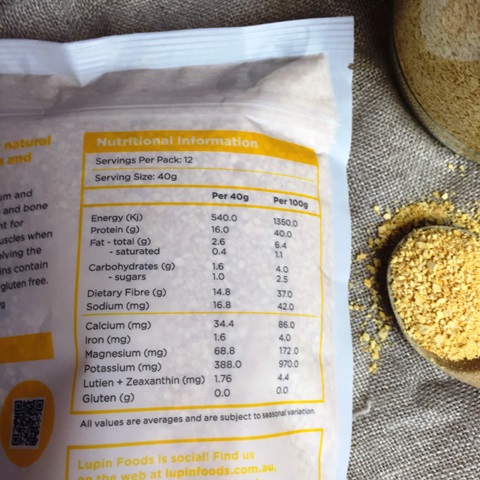
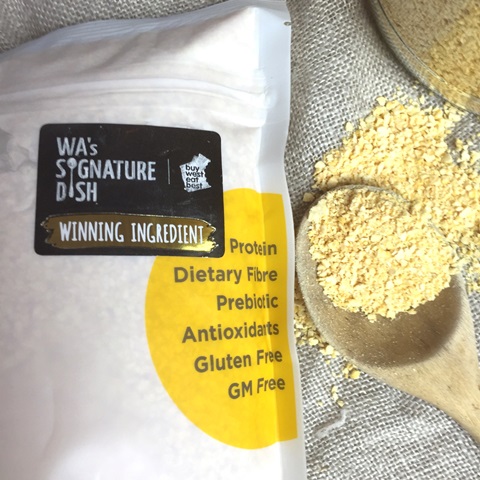
Allergens
- Lupins have the same allergy profile as other legumes but are less problematic than peanuts, which is botanically a legume.
- Consuming or coming into contact with lupin may cause an allergic reaction in some individuals, although such incidents are rare.
- Although lupin is not presently one of the 8 key allergens required to be declared, products made with lupin should carry an allergy warning.
- Convenience -7/10
Lupin flakes are not as ‘instant’ as a can of cooked chickpeas or lentils, but definitely way ahead of the long process of soaking and then cooking dried legumes.
As they are packed in a handy resealable bag, we found them quick and versatile to cook with, acting as both a legume or a grain in recipes. They cook up like a thick mash or puree not dissimilar to hummus.
- Unfortunately, unless you live in Western Australia where Lupin Flakes are sold at several independent supermarkets and health food stores, you’ll have to order it online.
- This new product requires a bit of playing around with in the kitchen to figure out the best ways to cook with it including changing the ratio of flakes to water, and our experience with the Lupin Foods recipes is that they need a little adjusting to get them right.
Cost
A 480 g pack costs $8.50 online, which is considerably more expensive (at $17.70/kg) than buying canned legumes ($3.70/kg), or even the dried variety ($7.20/kg), but not as much as quinoa (at closer to $20/kg).
Sustainability -9/10
Lupins are grown in Australia, so provide good income for our farmers and have low food miles for us shoppers (unlike quinoa which has to travel from Peru and Bolivia in South America).
Lupins are now a significant crop in Western Australia. They are also a big component of farming systems there, providing a key element in crop rotations; assisting soil aeration and injecting it with nitrogen which creates a better environment for growth and the survival of other plants.
Overall Score - 43/50
Final score = 43/50 which means 4 Apples:

The bottom line
Lupin Flakes are a great gluten-free, non-grain alternative to flour and breadcrumbs and another protein source for vegetarians and vegans to add to meals. High in fibre and protein, they are satisfying and versatile, working in both sweet and savoury dishes but, being flaked, don’t expect the texture to be identical to a smooth flour. They are a convenient and more sustainable option than some other ‘super’ grains, although could pose an allergy risk to a very small group.
Thanks to dietitian Megan Cameron-Lee (BND), APD for assistance writing this Review and testing some of the recipes. You can read more of Megan's writing at her blog: http://thedieteticdegustation.blogspot.com.au
